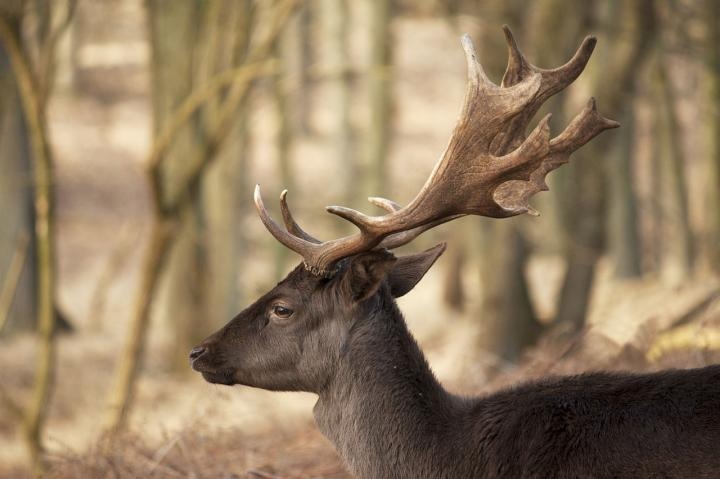Dec 20 2016
Researchers from Queen Mary University of London (QMUL) have discovered the secret behind the toughness of deer antlers and how they can resist breakage during fights.
 Dark brown fallow deer (buck) with big antlers is shown. (Credit - Wikipedia commons)
Dark brown fallow deer (buck) with big antlers is shown. (Credit - Wikipedia commons)
The team analyzed the antler structure at the 'nano-level', which is extremely small, nearly one thousandth of the thickness of a hair strand. They were able to detect the mechanisms at play, using sophisticated computer modeling and X-ray methods.
The fibrils that make up the antler are staggered rather than in line with each other. This allows them to absorb the energy from the impact of a clash during a fight.
Paolino De Falco, first author, QMUL's School of Engineering and Materials Science
The research, published today in the journal ACS Biomaterials Science & Engineering, offers new insights and fills an earlier gap in the area of structural modeling of bone. It also paves way for possibilities for the development of a new generation of materials that can resist damage.
Our next step is to create a 3D printed model with fibres arranged in staggered configuration and linked by an elastic interface.
The aim is to prove that additive manufacturing - where a prototype can be created a layer at a time - can be used to create damage resistant composite material.
Dr Ettore Barbieri, co-author, QMUL's School of Engineering and Materials Science